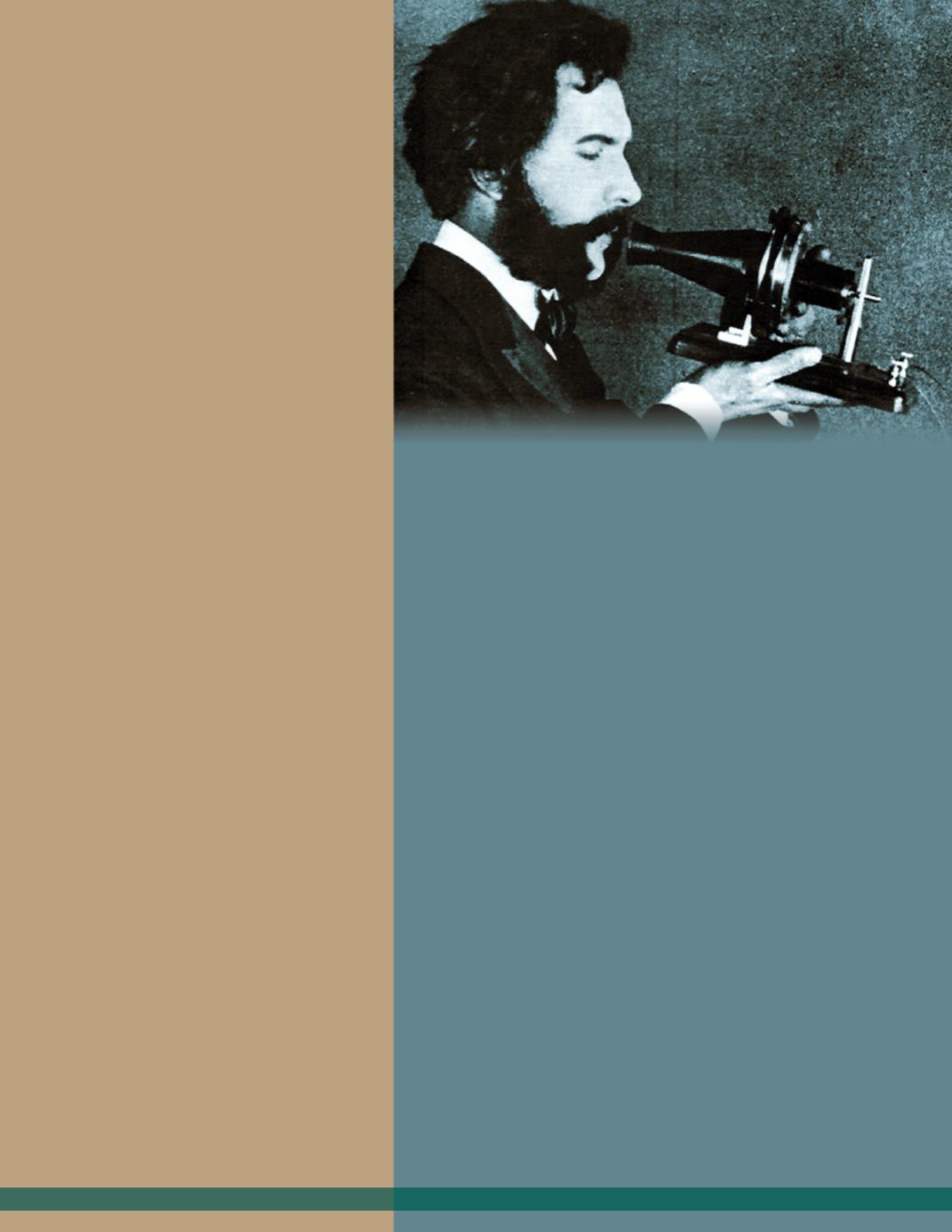
What Fuels Our
Economic System?
Before we learnmore about our
Industrial Revolution, we need to
understand what drives our economic
system. Many people feel
economics
is
a boring, confusing subject. In reality,
economics impacts almost every part of
our daily life. Economics is basically the
production, distribution, and
consumption of goods and services. In
simpler terms, economics is howwe
make goods and services, howwemove
them, and howwe buy and use them.
The illustrations on page 84 show the
basic components of economics.
Historically, successful producers
provide goods and services that are in
demand
. They create a
supply
tomeet
this demand from consumers. In
producing a supply of these items, they
also create a
profit
for themselves from
the
price
of the product. This economic
system fueled the huge Industrial
Revolution in our country before, during,
and especially following the Civil War.
Our economy operates on a
capitalistic
basis, which encourages an
open,
competitivemarket
. Thismeans
that companies or people compete with
one another to sell or trade goods and
services for capital, which can be in the
formof money or property. Businesses
allow the price to be determined by
supply and demand, but they are
seeking a profit from their efforts. For
example, large companies such as
Walmart, Kmart, JC Penney, and other
businesses compete with one another
for the consumers’ dollars. And, we are
all consumers!
Although we stress competition in
our market economy, there are times
when a business can dominate the
industry—or buy out the competition.
When a business or industry has no
competition, we say that it has a
monopoly. This is known as a
monopolisticmarket
. Many times,
people who own amonopoly business
can put a higher price on their product or
service if there is a steady demand for it.
For example, if you are the only hotel in
an area of heavy tourism, you can charge
muchmore than if you were competing
against other hotels for business. The
illustration on page 84 explains the basic
ideas of economics.
A
LEXANDER
G
RAHAM
B
ELL
and the “Ma Bell”Monopoly
OnMarch 10, 1876, Alexander GrahamBell spoke
the famous words “Mr. Watson, come here, I want to
see you.” This was the first clearly spoken telephone
conversation in history, and the age of telephone
communication was born. Bell’s invention was shown to
the public at the Centennial Exhibition in Philadelphia
later in 1876, and by the end of the century long-
distance communication was being set up between
major U.S. cities.
And with the birth of this new formof communication,
one of our most famousmonopolies also was born. By
the 1900s, Bell’s American Telephone & Telegraph
Company (AT&T) controlled nearly all of the goods and
services that provided telephone communication,
including the phones and wiring in your house, the
outdoor wires that carried the phone calls, and the other
technologies and facilities that tended to this service.
Many affectionately called these services “Ma Bell.”
Thismonopoly lasted until 1982, when the federal
legal case The United States vs. AT&T was settled. This
forced the AT&T to split into seven independent regional
companies, whichmany people called “Baby Bells.”
“Ma Bell” was nomore, and though thismonopoly
had provided consistent telephone service for years, it
also had stifled the innovation and competitive pricing of
the openmarket.
What would our telecommunication devices look like
today if the AT&Tmonolopy still existed?
This is an early telephone
prototype being tested by Bell.
The Economics of the Industrial Revolution
83


